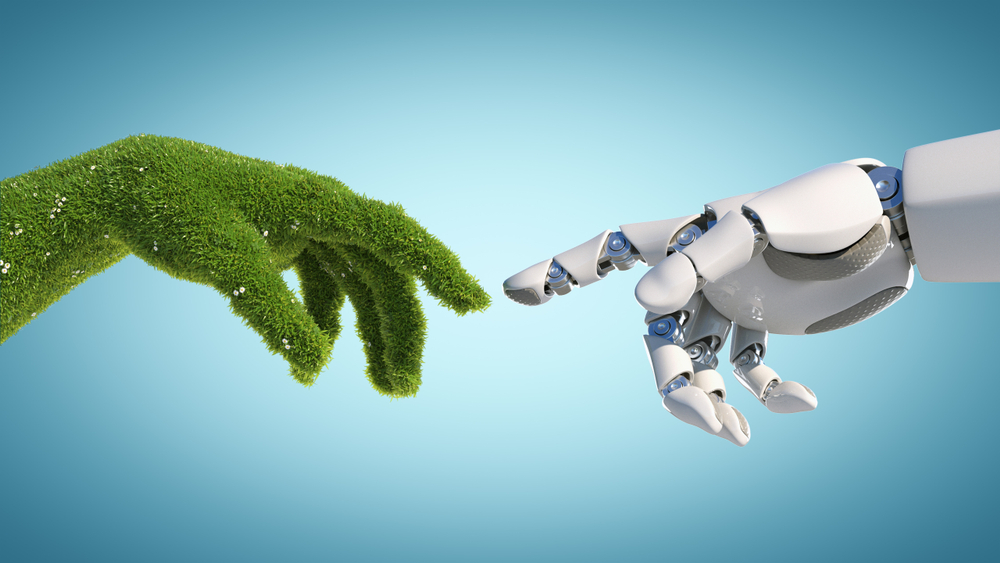Next month, Netflix will launch a pilot for a new streaming plan. For about $7 per month, users can use the basic version of Netflix but with advertisements. This is about $3 cheaper than the cheapest ad-free version of Netflix. This new version provides access to approximately 90-95% of the streaming platform’s content and shows per hour 4-5 minutes of advertisements. To me it sounds like the Netflix hell, voluntarily adding advertisements to you Netflix account but investors apparently see a future in it. Since the announcement of this pilot, Netflix’s share price is up with 5.4% where it decreased 62% in the six months before the announcement. Not only investors but apparently also competitors of Netflix consider it a promising plan. Disney+, HBO Max and several other companies have created similar plans.
The question is, why do I, as a Netflix user, perceive this as a very bad plan while they still see it as promising? Customers’ needs and preferences differ and that is exactly why this strategy can work. Customers can be divided into various customer segments. This segmentation can be done in several ways: companies can assign customers to a particular segment or customers can assign themselves to a segment. The latter technique is the one that Netflix is exploiting with this plan. Netflix uses ‘versioning’ as a pricing strategy. With this strategy, a company offers different versions of the same product or services for different prices. In this case, the versions consist of either a cheap Netflix account with ads or a more expensive account without ads. Customers self-select themselves to the ad or ad-free version based on their willingness to pay.
So, promising days are coming for Netflix where they hopefully expand their customer base with lower willingness to pay customers. And me? As part of the opposite customer segment, I will happily keep paying $3 a month more to avoid those ads.
https://indianexpress.com/article/technology/tech-news-technology/netflix-ad-supported-plan-to-launch-in-november-at-dollar-7-a-month-8207620/


